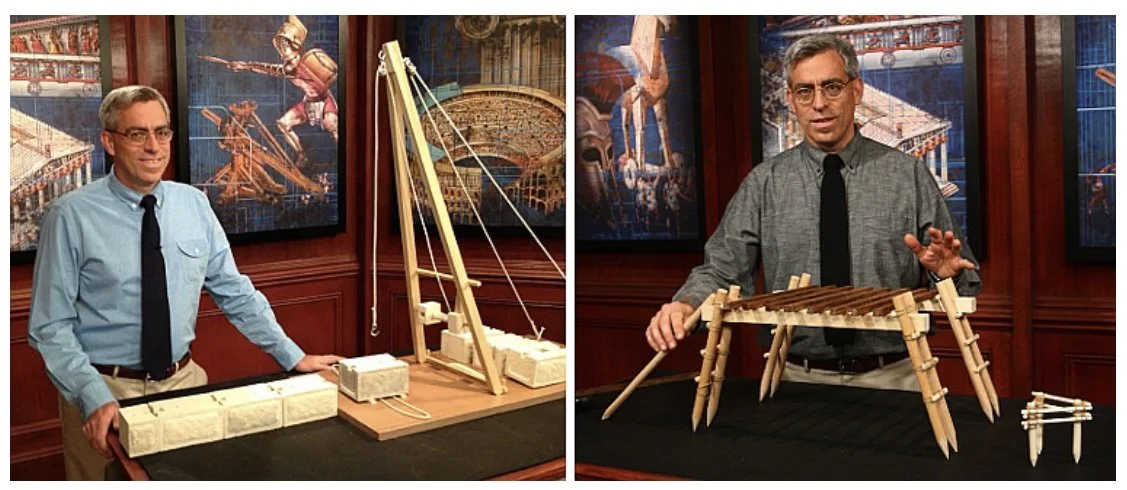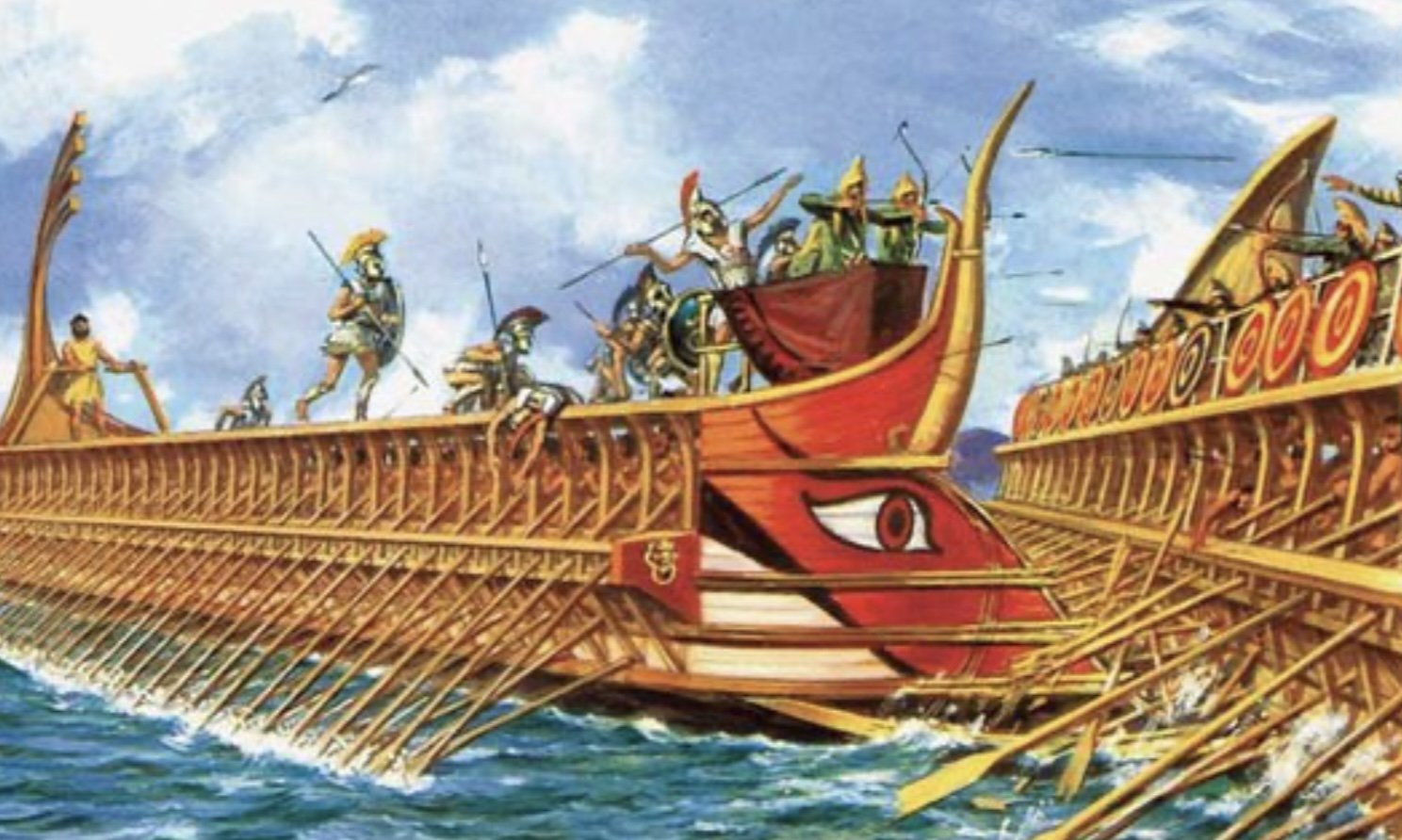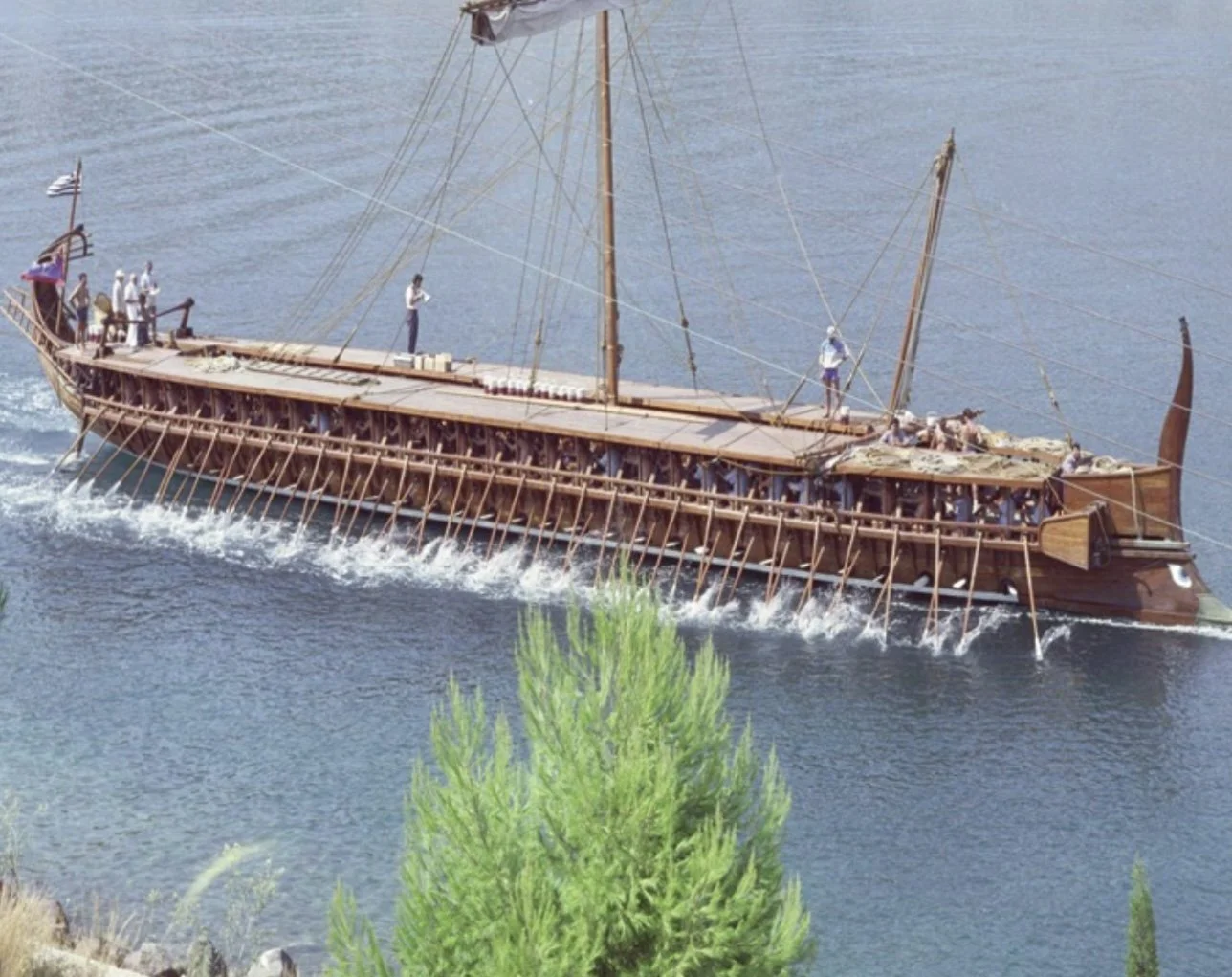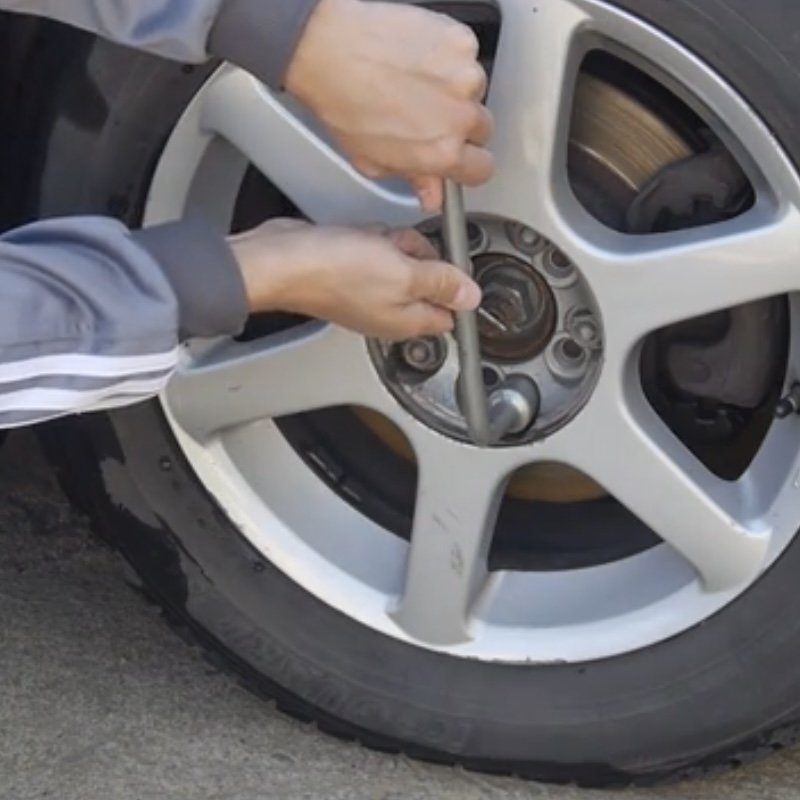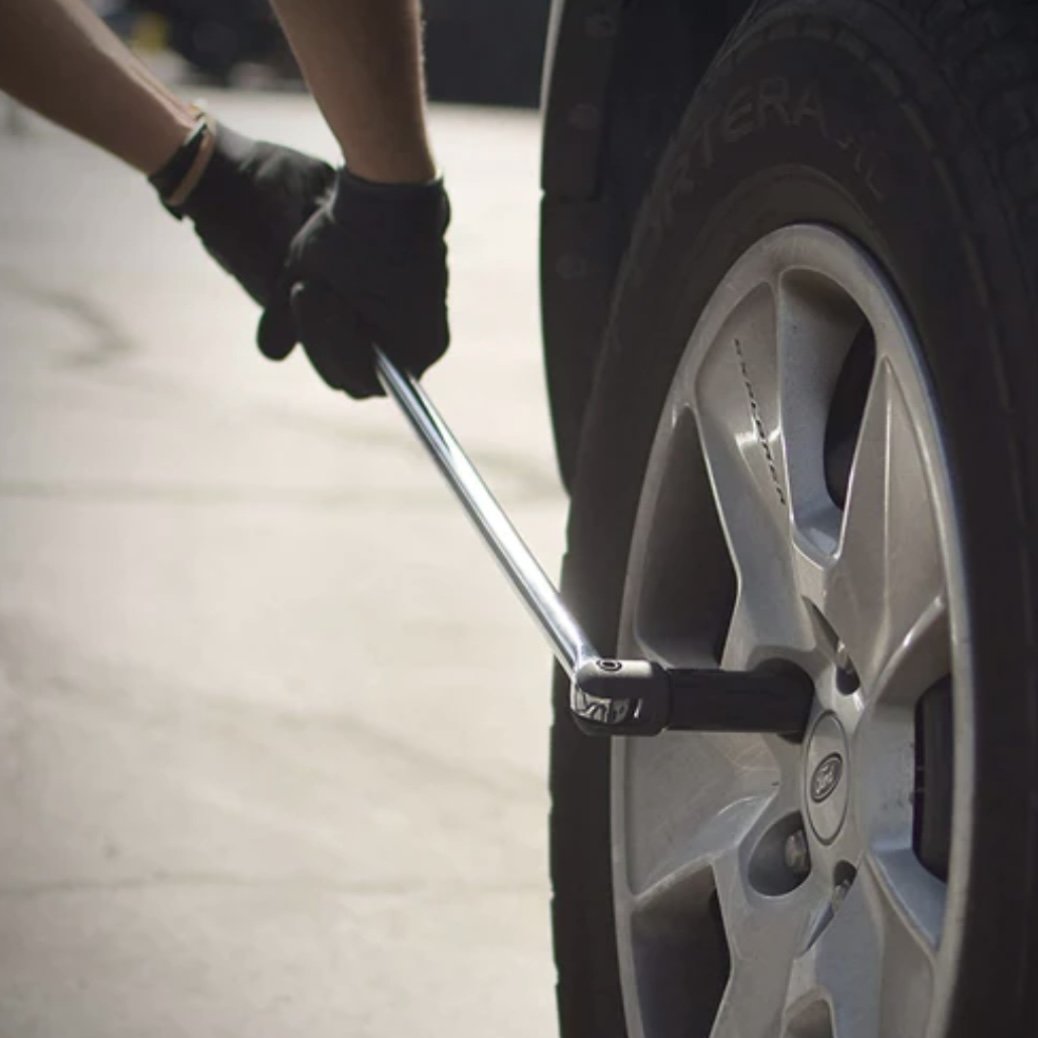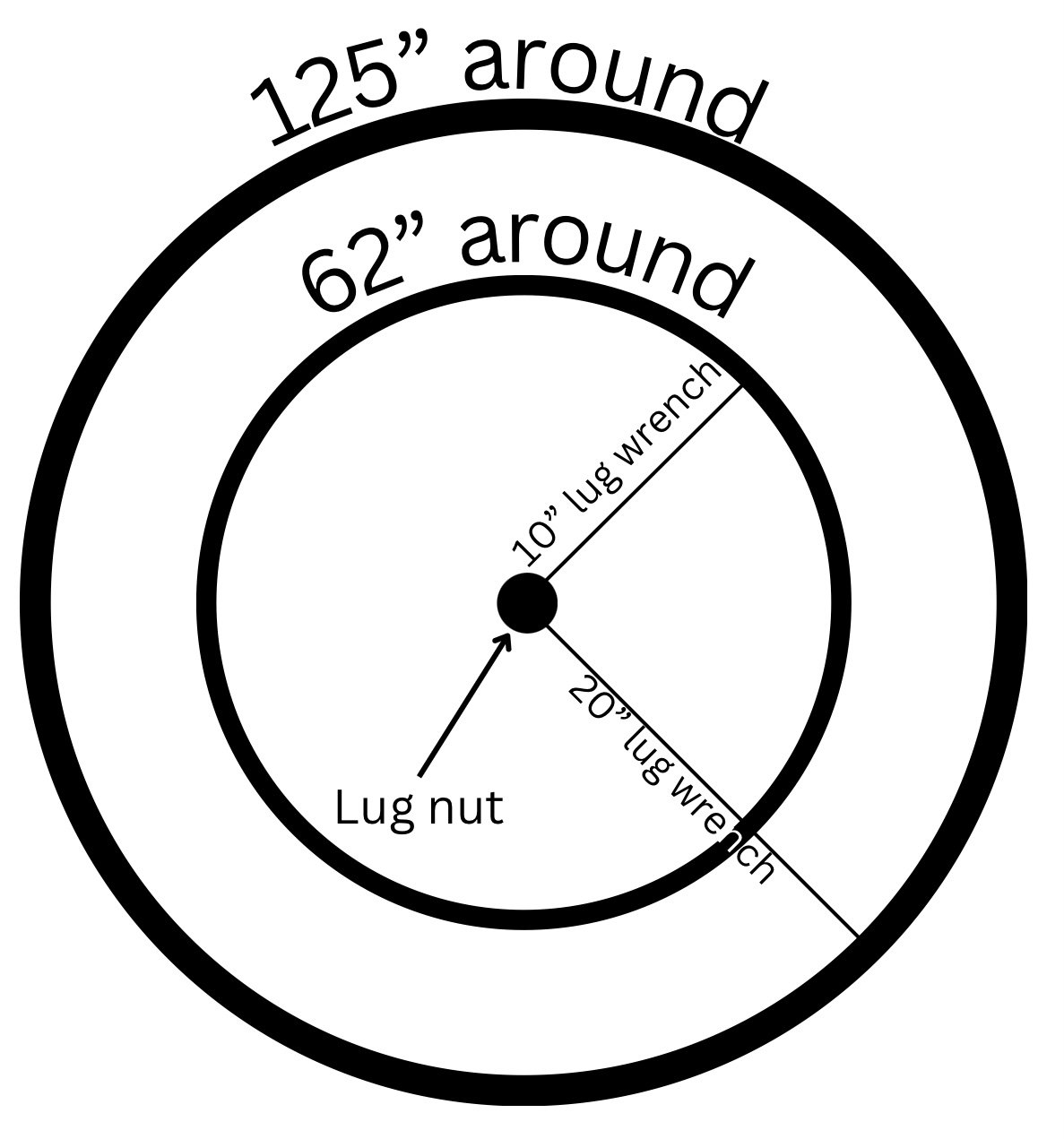Adventures In Classical Antiquity
As I have become in recent years “a woman of a certain age,” it seems more important than ever to exercise my brain and keep learning new things. To that end, I try to read interesting and possibly useful non-fiction books in amongst my steady diet of fiction. I also like to take more formal classes from time to time, but mostly online or video classes. Which leads us to The Great Courses.
Professor Ressler in his classroom/lab. Picture taken from his website at StephenJRessler.com.
I first read about The Great Courses on Orson Scott Card’s website. I then bought an audio course (St. Augustine’s Confessions), which I enjoyed. After that, I started listening to the company’s eponymous podcast and in one episode (dated December 11, 2013), Professor Stephen Ressler was interviewed about his (then) new course Understanding Greek and Roman Technology: From Catapult To the Pantheon. Just that short discussion gripped my imagination and I bought the course on digital download. I have just finished watching the whole course again for this blog post and that was my fourth time through. It’s fantastic!
A large part of the appeal of this course is due to the charm of the professor and his clear delight in his subject matter; but his ability to convey knowledge is second to none. I am a complete layman insofar as my understanding of math and science in general, and engineering concepts in particular; my degree is in English and music and I barely made it through my obligatory college math and science classes. Fortunately for me, Ressler presents his information in plain English, carefully defining terms where necessary, adding in photographs of historical sites, showing computer graphics and animations, and building models to clearly explain and demonstrate the concepts. Even I had no trouble grasping the information being taught.
What did I learn? I’m so glad you asked. I learned SO MANY THINGS! It was difficult to pick and choose which of the delightful bits to share with you, but I did eventually narrow it down to two general topics.
Topic one: when no physical remnants of ancient machines—catapults (see a snippet of the lecture here on Youtube) and cranes and siege towers and ships—can be found, how do researchers actually know what they looked like? How they worked and how they were built? Let’s look at the Greek fighting ship, for example: the trireme.
Triremes ramming each other in battle.
In his course, Ressler repeatedly references the great Roman architect Vitruvius (yes, the same guy Leonardo da Vinci references in his famous Vitruvian Man picture), who wrote many volumes on architecture and design. But while we can garner quite a lot of information about cement, construction cranes, and the design rules for Greek temple architecture from reading Vitruvius, he didn’t write much about ships, so we have to look elsewhere for information. We can surmise some things about the shape and size of ships from the remnants of the buildings within which they were stored. We have surviving inventories of naval equipment on stone tablets. We can see the general shape of the ships on remnants of pottery and sometimes coins. A bronze ram (not attached to any ship remains) was found on the ocean floor near Israel. We have historical accounts of how the ships behaved in battle (thank you, Herodotus and Thucydides). And we have to take into account our knowledge of physics and engineering; what was actually possible? All of which is to say, researchers have to draw from a plethora of sources to piece together fragments of information to coalesce into an actual picture of what the ancient trireme must have been like.
In regard to shipbuilding, Ressler has a small snippet on Youtube from one of his lectures discussing how ancient shipwrights spliced long beams of wood together with something called a scarf joint to form the ship’s keel. And after watching that video, I found another showing a modern builder using this same joint to build a cabin more than two millennia later. Sometimes, you can’t improve on the original design.
This photograph taken from a QGazette article about the modern trireme visiting Astoria.
All of this research on ancient ships in general and triremes in particular culminated in a joint project in the 1980s, Ressler explains, when “classical scholars, naval architects, and rowing enthusiasts” came together in Greece to actually build a trireme and take it out on the seas. The Greek trireme is a long narrow ship that carried three levels of rowers and had a bronze ram on its front end for ramming and destroying enemy ships, generally other triremes. The trireme is perhaps most well known for the Battle of Salamis in the 5th century BC, where greatly outnumbered Greek ships utterly destroyed the Persian fleet sailing (rowing) against them. To say that this modern reproduction is an impressive feat of engineering is a serious understatement. To collect every possible clue from various ancient sources and actually build the thing? Absolutely brilliant.
Topic two: what is “mechanical advantage” and how did the ancients use simple machines individually or in parallel to achieve it? Well, mechanical advantage is defined in the course as: the amplification of an applied force by a mechanical device.
One of the underlying engineering concepts of some of the simple machines described in this course (such as the lever, the inclined plane, wheel and axle, etc) is that force can be traded for distance. In one lecture, Professor Ressler gives an illustrated example of this, using an extremely heavy stone being moved up a hill. But for fellow non-engineers, I thought I’d try some more modern (and less “engineer-y”) explanations.
The Google says that the average weight of an American adult is 180 pounds. Let’s call this average person George and let’s assume that 180-pound George wants to climb to the top of a 500 foot hill. You could think of this as George carrying 180 pounds up a hill, because that’s exactly what is happening. There are two paths open: one is a very direct route, where George would have to climb at about a 45° angle straight up the hill. The second route is much longer, as it winds around the hill multiple times at a much more shallow angle (this could be considered a sort of inclined plane). If George takes the direct route, it is much shorter but will require much more effort (the engineer calls that force). But if George takes the longer route, it is easy to make the climb; it just requires that he walk a much greater distance. Now since George is a bit of a couch potato, he’s going to take the shallow incline and the easier (but longer) walk; he’ll also be able to enjoy the scenery because he isn’t fighting off a heart attack. He has traded effort (force) for distance.
Now, let’s look at another example from modern life, this time using a simple machine: the lever. If you need to change a tire on your car, you will need to use a tool to loosen the lug nuts (which the mechanic appears to have welded onto the bolts). The tool that comes standard with most vehicles is a really cheap little tire iron (lug wrench), with a short handle. It takes a LOT of effort to loosen tight lug nuts with this inferior tool. If you don’t want to settle for this shoddy wrench, you could do what I did and buy a breaker bar. This is a 20” long bar with a lug wrench at the end. Or you could say, it’s a 20” long lever with a lug wrench at the end. This is much easier to use and requires much less force. But…the wrench has to travel a greater distance.
Let me explain. The crappy sub-par tire iron which came with my vehicle has a 10” handle. That means when I’m using it, my hands will be traveling about 62”…the circumference of the circle I’ll be “drawing” when I rotate the tool all the way around while holding the end of it. But when I use my 20” breaker bar, the circumference of that circle is 125”, twice the distance. So I can use less force but I will have to make the breaker bar travel a greater distance. Again, force can be traded for distance. Trust me…when it comes to removing lug nuts, this is an excellent trade.
Now, back to the ancient world. In lecture seventeen, Professor Ressler shows us how multiple simple machines worked together to trade force for distance in construction cranes (you can see a small image of his model crane in the photos at the beginning of this post). From the windlass (the winding mechanism on the crane that uses levers to turn it) to the wheel and axle to the pulleys, all of these simple machines worked together to trade force for distance, allowing one person to lift many times his own weight with relative ease. It’s so darn clever!
As I was writing this blog post, CNN published an article about how the ancient Romans made concrete that has lasted centuries, while our modern concrete often starts to break down after only a few decades. I was delighted to discover while I was reading the article that I could actually understand the references, because Ressler goes into detail about concrete construction in this course. Delightful that I’ve learned enough to put some things together! I felt very smug about that for a couple days…score one for the English major!
I could continue raving about this course, but I’m going to stop here. First, because you can (and absolutely should) purchase it yourself at TheGreatCourses.com. And second, because I need to start the new course from Ressler that I just purchased, entitled Epic Engineering Failures and the Lessons They Teach. I anticipate being vastly entertained as well as enlightened. Teach me, Professor Ressler!
